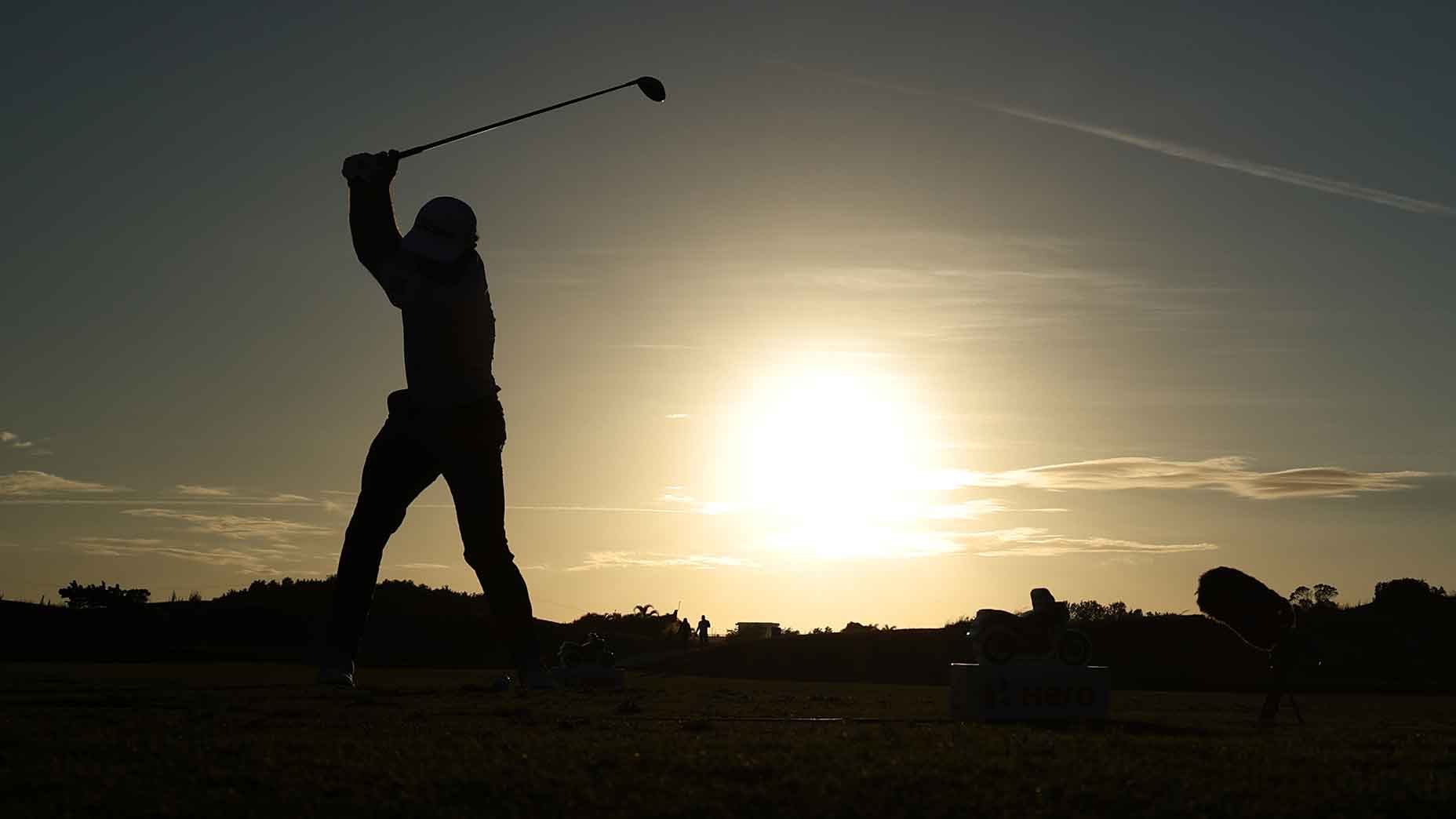 Want to be a birdie machine? Make the putt! Here’s how
Want to be a birdie machine? Make the putt! Here’s how
10 things you should ask yourself after every golf lesson
Editor’s Note: Baden Schaff has been a PGA teaching professional for 17 years and is the co-founder of Skillest, a digital platform that connects golf students with golf coaches across the world for online lessons. To learn more about Skillest and to book a lesson of your own with Baden, head over to Skillest.com or download the app in the app store.
Coaching golf for over 15 years has taught me so much about people, coaching styles, the way students learn and what is the most effective way to integrate swing changes.
On the surface it should be pretty simple. Student books a golf lesson with a local pro, gets some tips, goes to the course and plays the best round of their life.
But as we know this is rarely the case. And even if it does happen, you can presume it won’t last unless there’s some substance or permanence behind the changes.
So forget the short-term bandaids. Instead, ask yourself these 10 questions before, during and after your lesson with a coach. Think of it as a checklist to ask yourself before, during and after a lesson.
1. Have you carefully selected a coach and are you aware of the type of tuition you are about to receive?
Think about it like you would a doctor. You wouldn’t show up to a dentist for an eye exam. Do some research ahead of time.
2. Do you have a rapport with your coach?
Being able to connect with your coach on a personal level is an intangible, but very important, element of a student-coach relationship.
3. Does your coach articulate things in a manner that you understand?
The best coaches know how to communicate in a manner their students understand.
4. Do you understand, from an intellectual perspective, what your coach wants you to do?
Along those same lines, it’s important for a student to understand the logic behind the changes.
5. What are your previous swing thoughts and how do they match or contradict what your coach is telling you?
Along those same lines, it’s important for a student to understand the logic behind the changes.

ADVERTISEMENT
6. What are your physical limitations?
Make sure to tell your coach what you can and can’t do, physically, and they teach based on your unique body.
7. Do you really want to change your action?
This one should be considered deeply before ever having a lesson. Half-hearted rarely works; you need to want to make a change.
8. Do you want to/have time to integrate the change when you leave the lesson?
Change doesn’t magically happen, you need to be able to make a time commitment in order for it to happen.
9. Has your coach provided clear instructions on how you should integrate the changes?
Sometimes you need to figure things out on your own, but you and your coach should always be clear on the plan for the next steps.
10. Are you as a student truly prepared to take the swing change to the course?
Some golfers will the fear of playing partner’s opinions or a water hazard on the right of the first tee make you weak at the knees, which causes them to revert back to their old move
![]=](https://golf.com/wp-content/uploads/2019/12/GettyImages-1176812259.jpg)
I can go on and on here but I will spare you the pain. But what this does provide is a little bit of context around the conversation of golf coaching and whether or not a swing change has actually worked or not. Unless a student can tick all of or at least the large majority of the above criteria they are doomed to fail.
So when I hear a student say “the lesson didn’t work” I always look at it with the above checklist and a grain of salt.
So what do I know works well and who are the students who make the most progress. Well it obviously has everything to do with what I have written above but perhaps most importantly a student needs to be patient. It never ceases to amaze me how the students that say “I’m ready to do this, I’m taking my time, I’ll do what we need to do” are always the students who get there the fastest. They don’t constantly react to each swing, each ball flight, each moment.
They trust the process and inevitably get where they want to go, fast!
Butt it’s the students who want it tomorrow who never ever get there.
Impatient students who run immediately over to the golf ball on the teaching mat after having the new concept explained expecting to execute immediately. They want to play well this Saturday in front of their playing partners and often care too much about what those playing partners think. They have limited understanding of what it truly takes to become sustainably better and to obtain a swing change that’s permanently integrated.
If I sound like I’m being critical of students this goes equally for coaches who are often guilty of the exact same thing; a lack of clear structure around their coaching, no patience, forcing their students to get better immediately and blaming the student if it doesn’t happen.
Change and progress take time and as the Buddhists say “through the teacher AND the taught IS the teaching”. It needs to be a symbiotic relationship if we want to get optimal results. We need to move away from the ‘quick fix’ culture and into a new paradigm. I think this is perhaps the biggest influence on the lack of golfer improvement over the past 40 years.
So we can all take a deep breath, believe in the process and the best results of both the coach and student’s career will come in good time.
To learn more about Skillest and to book a lesson of your own, head over to Skillest.com or download the app in the app store
To receive GOLF’s all-new newsletters, subscribe for free here.
ADVERTISEMENT




